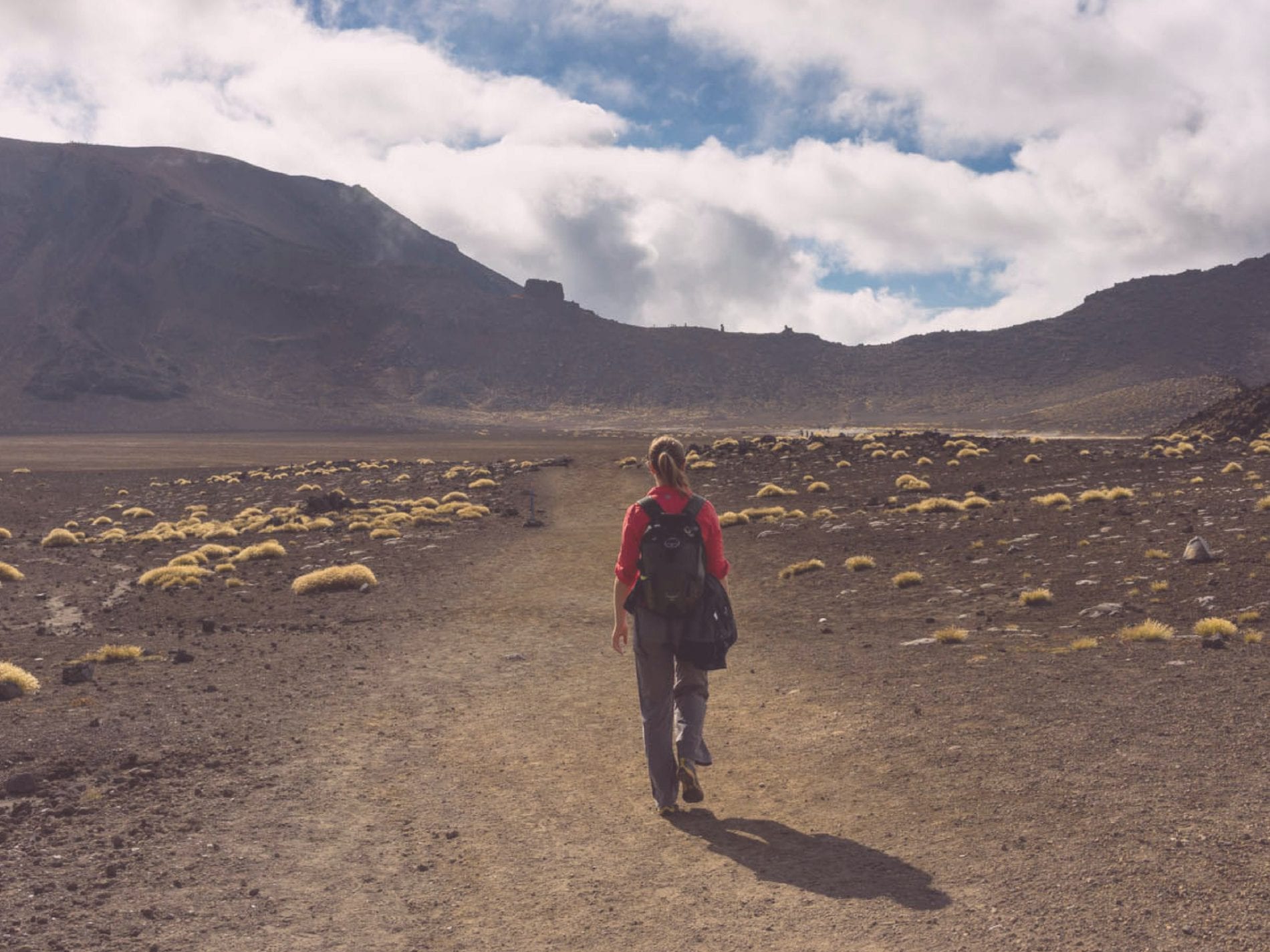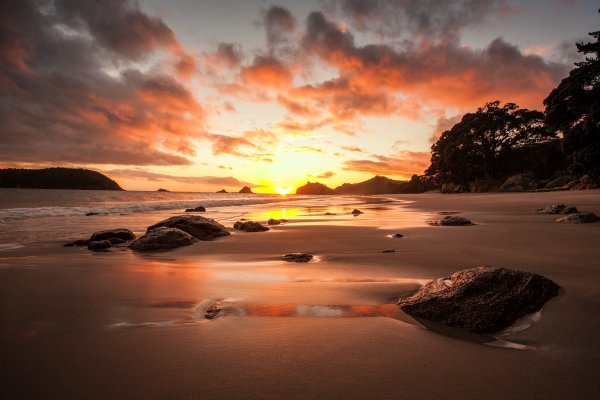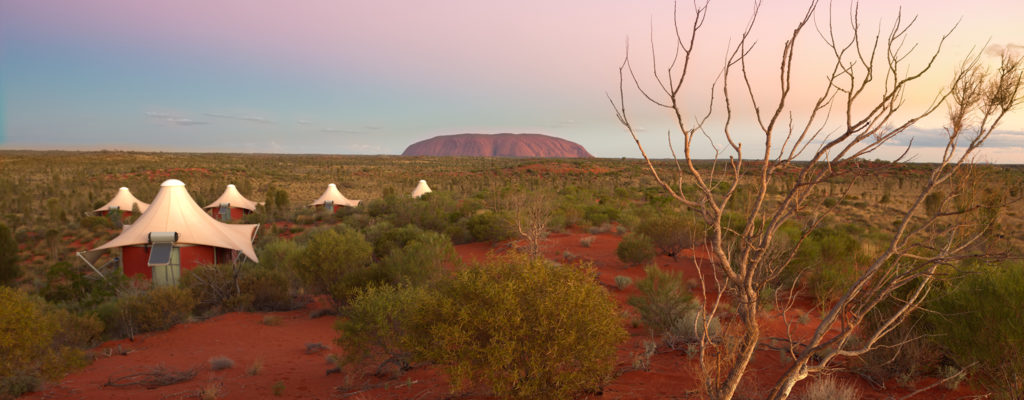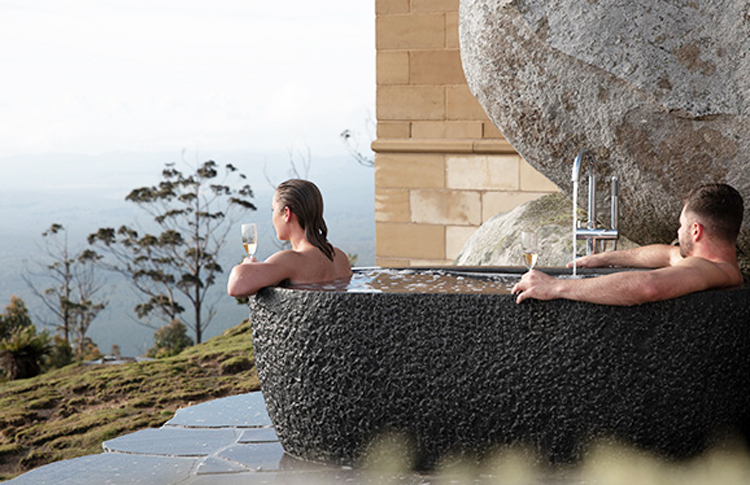
Mastering Tongariro Crossing Weather: A Complete Guide to Optimal Trekking Conditions
Trekking the Tongariro Crossing is a once-in-a-lifetime adventure that takes you through one of New Zealand’s most spectacular landscapes. However, this iconic trek is notorious for its unpredictable and ever-changing weather conditions. To truly immerse yourself in this awe-inspiring journey, it is essential to master the art of understanding and adapting to the Tongariro Crossing weather.
At first glance, the Tongariro Crossing may seem like just another scenic hike, but its unique geographical location presents a plethora of weather challenges. Located in the heart of New Zealand’s North Island, this 19.4-kilometer track passes through a diverse range of landscapes, including barren volcanic terrain, emerald lakes, and steaming vents. The Tongariro Alpine Crossing is famous for its dramatic weather shifts, with temperatures ranging from scorching heat to icy cold within hours. These dynamic conditions make it crucial for trekkers to equip themselves with the knowledge and skills to navigate the challenging Tongariro Crossing weather.
In the upcoming sections, we will delve into the key takeaways that will empower you to tackle the ever-changing weather conditions along the Tongariro Crossing. We will explore essential tips and tricks, such as understanding the local microclimate, planning the ideal time to embark on the trek, and packing appropriate gear for all eventualities. By the end of this guide, you will be armed with the knowledge to confidently tackle the Tongariro Crossing, no matter what Mother Nature throws your way. So, let’s dive in and unlock the secrets to mastering Tongariro Crossing weather!
1. The Tongariro Crossing is a popular trek in New Zealand, but its weather can be unpredictable and challenging. It is crucial to check the forecast and be prepared for sudden changes in conditions before embarking on the hike.
2. The summer months of December to February are considered the best time to tackle the Tongariro Crossing, with relatively stable weather and longer daylight hours. However, it is still essential to dress in layers and carry appropriate gear, as conditions can still be cold and windy at higher altitudes.
3. Monitoring volcanic activity is crucial, as eruptions can occur on the Tongariro volcano. It is recommended to stay updated with the latest information from the Department of Conservation and adhere to any safety advisories or closure notices.
4. In winter, the Tongariro Crossing becomes significantly more challenging and dangerous due to snow and ice. Proper mountaineering experience and equipment are necessary during this season, and hikers should be aware of the increased risks and potential for avalanches.
5. Safety should always be the top priority when considering the weather conditions for the Tongariro Crossing. Hikers must be aware of their own capabilities and limitations, as well as the potential hazards associated with the track. It is advisable to seek advice from local guides or experienced hikers to ensure a successful and safe journey.
What are the Best Weather Conditions for Mastering Tongariro Crossing?
Understanding the Importance of Weather for Trekking in Tongariro Crossing
Tongariro Crossing, located in the Tongariro National Park in New Zealand, is one of the most popular and scenic treks in the world. The weather conditions play a vital role in ensuring a safe and enjoyable trekking experience. In this complete guide, we will explore everything you need to know about mastering Tongariro Crossing weather for optimal trekking conditions.
Seasonal Variations and Weather Patterns
The weather in the Tongariro region can vary significantly depending on the season. Here is a breakdown of the seasonal weather patterns:
1. Summer (December to February)
During summer, the weather is generally warm and dry, with mild temperatures averaging around 20-25°C (68-77°F). However, be prepared for sudden weather changes and occasional rain showers.
2. Autumn (March to May)
Autumn brings cooler temperatures ranging from 10-20°C (50-68°F), with an increased chance of rainfall. The foliage changes, presenting stunning vistas, but the weather can be unpredictable, so pack layers and rain gear.
3. Winter (June to August)
Winter in Tongariro is characterized by cold temperatures ranging from -10 to 10°C (14-50°F). Snowfall is common at higher elevations, creating a winter wonderland. Trekking during winter requires proper gear, including crampons and warm clothing.
4. Spring (September to November)
Spring offers mild temperatures ranging from 10-20°C (50-68°F) and often brings unstable weather conditions. Be prepared for sudden changes, including rain, wind, and potential snow at higher altitudes.
Monitoring Weather Forecasts
Before embarking on your Tongariro Crossing trek, it is crucial to monitor weather forecasts. Some essential tips for weather monitoring include:
- Check official weather websites or apps specific to the Tongariro region.
- Pay attention to the wind speeds and wind direction, as strong winds can make the hike more challenging and dangerous.
- Look out for precipitation forecasts, including rain, snow, or freezing rain, as it can significantly impact trail conditions and visibility.
- Consider the temperature range and wind chill factor to ensure you have appropriate clothing layers and gear.
Optimal Weather Conditions for a Successful Trek
While weather conditions can never be guaranteed, certain factors contribute to an optimal trekking experience:
1. Clear Skies
Clear skies offer breathtaking panoramic views of the Tongariro National Park, including Mount Ngauruhoe and the Emerald Lakes. Avoid trekking on days with low cloud cover or fog to fully appreciate the scenery.
2. Moderate Temperatures
Avoid extreme temperature conditions. Mild temperatures around 15-20°C (59-68°F) are ideal for a comfortable hike without getting too hot or cold. Adjust your clothing layers accordingly.
3. Low Wind Speeds
Strong winds can create challenging conditions, especially on exposed sections of the trail. Opt for days with light to moderate wind speeds for a safer and more manageable trek.
Important Safety Reminders
While understanding optimal weather conditions is crucial, safety should always be a priority during your trek. Here are some important safety reminders:
- Always check in with the Tongariro National Park Visitor Centre for up-to-date trail and weather information before starting your trek.
- Inform someone about your trekking plans, including your expected start and end times.
- Carry essential safety gear, such as a map, compass, headlamp, first aid kit, and extra food and water.
- Wear appropriate footwear and clothing to ensure comfort and protection against potential weather changes.
- Travel in a group whenever possible, and never trek alone.
- Follow all safety signs, stay on marked trails, and adhere to the regulations set by the Tongariro National Park.
Conclusion:
In conclusion, mastering the weather conditions for Tongariro Crossing is essential for a safe and enjoyable trek. By understanding the seasonal variations, monitoring weather forecasts, and aiming for optimal weather conditions, you can maximize your experience in this stunning natural wonder. Remember to prioritize safety and be prepared for any unexpected changes. Happy trekking!
Frequently Asked Questions
1. What is the best time of the year to trek the Tongariro Crossing?
The best time to trek the Tongariro Crossing is during the summer months, between November and April. The weather is generally more stable during this period, making it safer and more enjoyable for hikers.
2. Are there any dangerous weather conditions to watch out for?
Yes, there are several weather conditions that can make the Tongariro Crossing unsafe for trekking. These include high winds, heavy rain, snow, and fog. It is important to check the forecast and heed any official warnings before embarking on the trek.
3. How long does it take to complete the Tongariro Crossing?
The average time to complete the Tongariro Crossing is around 6-8 hours. However, this can vary depending on your fitness level, weather conditions, and the number of stops you make along the way.
4. Do I need any special equipment for the trek?
While you don’t need any technical equipment, it is recommended to have sturdy hiking boots, warm clothing layers, a waterproof jacket, a hat, gloves, sunscreen, and plenty of water and food. It’s also a good idea to have a map, compass, and a first aid kit.
5. Can I trek the Tongariro Crossing without a guide?
Yes, you can trek the Tongariro Crossing without a guide. However, it is important to be well-prepared, have some experience with hiking, and be familiar with the route and potential risks. If you are unsure, it’s advisable to hire a guide or join a guided tour.
6. Are there any accommodation options near the Tongariro Crossing?
Yes, there are several accommodation options available near the Tongariro Crossing. These range from camping grounds and huts along the trail to lodges and hotels in the nearby villages of National Park and Whakapapa.
7. Can I bring my dog on the Tongariro Crossing?
No, pets are not allowed on the Tongariro Crossing to ensure the safety and preservation of the natural environment. There are also restrictions on drones and other aerial devices.
8. Are there any alternative routes or shorter hikes in the Tongariro area?
Yes, there are alternative routes and shorter hikes in the Tongariro area. Some popular options include the Taranaki Falls Loop, Silica Rapids Track, and Whakapapaiti Valley Track. These offer beautiful scenery and are less demanding than the full Tongariro Crossing.
9. Can I swim in the lakes or rivers along the Tongariro Crossing?
Swimming is not recommended in the lakes and rivers along the Tongariro Crossing due to their cold temperatures and potential hazards. It’s best to admire the natural beauty from a safe distance.
10. Are there any toilet facilities along the Tongariro Crossing?
Yes, there are toilet facilities located at Mangatepopo, Soda Springs, and Ketetahi. It’s important to use these facilities and avoid polluting the environment during your trek.
Final Thoughts
Mastering Tongariro Crossing weather is crucial for a safe and enjoyable trekking experience. By being well-prepared and staying updated on the weather conditions, you can increase your chances of completing the crossing successfully. Remember to prioritize safety over reaching your destination and always heed any warnings or recommendations from authorities.
The Tongariro Crossing offers breathtaking landscapes and challenges for outdoor enthusiasts. With the right knowledge and precautions, you can make the most of this iconic hike and create lifelong memories. So, pack your gear, check the weather forecast, and embark on a remarkable adventure through the Tongariro National Park.









